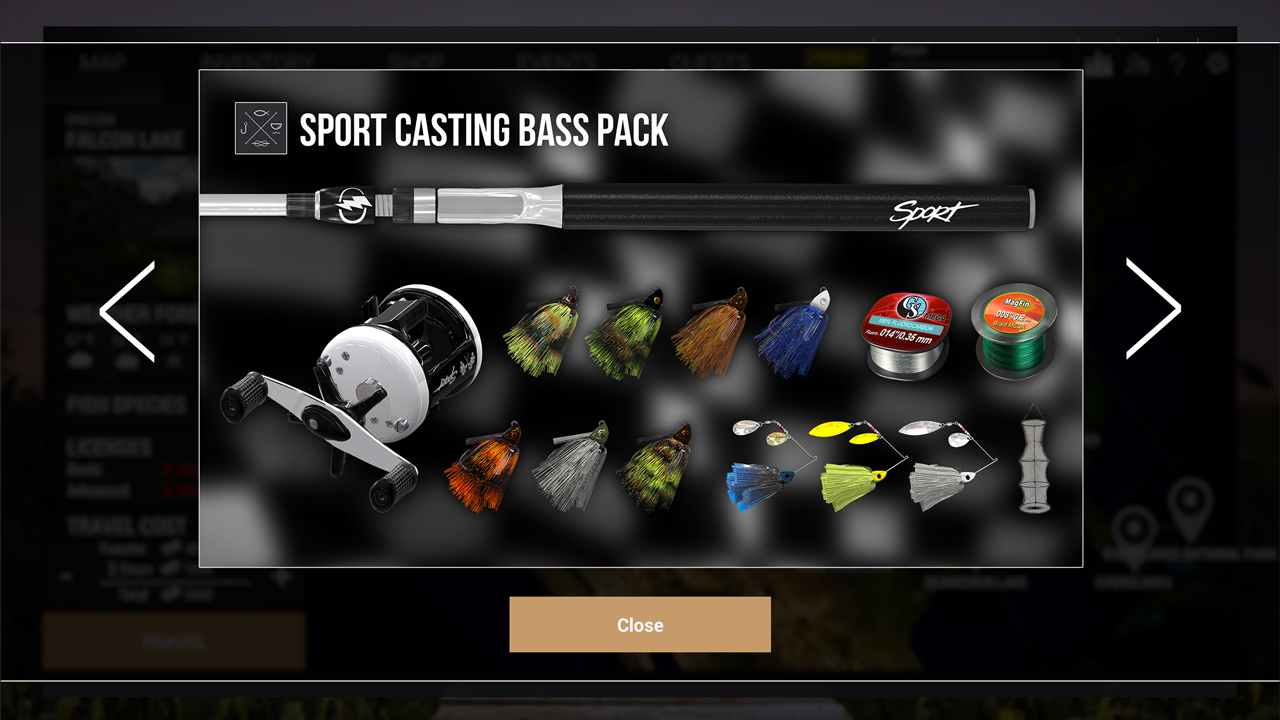

The advantage of tandem rigs is the ability to offer two color choices and sizes to the fish in a single cast. In this instance, jigs tied with dressings of natural or artificial hair can save a trip because they are more durable than soft plastic.Īnglers can buy hair jigs over the counter, tied in tandem rigs marked specifically for specks, or the angler can tie his own. If a heavy bite is encountered, and worst of all if the bite consists of bluefish, pinfish, jack crevalle or other aggressive non-target predators, an angler can run out of his preferred colors in a hurry because of snipped tails. Still, the intelligent angler will cast and retrieve several types of lures in a variety of ways when prospecting an area for these game fish.Ī disadvantage of soft plastic trailers is that they are not at all durable. Of course, these are general characteristics a lure meant for one species can be pounded by the other any time it swims in front of the fish's face. When using lures, steady retrieves with the lure above the bottom usually induce specks to strike a lure.

Speckled trout are free-swimming, attack-and-pursuit predators that feed anywhere bait is located within the water column. Therefore they prefer lures presented crawling along the bottom or twitched upward and then allowed to fall to the bottom. Red drum are generally slow-moving bottom feeders.

However, there are subtle differences in their habits that anglers need to be aware of in order to catch them consistently. Indeed, these two premier game fish have feeding preferences and habitat requirements that overlap. For this reason, anglers who fish these waters usually say they are fishing for "whatever is biting" on any particular day. Speckled trout and red drum are both desirable sportfish and both are often found swimming in the same waters.


 0 kommentar(er)
0 kommentar(er)
